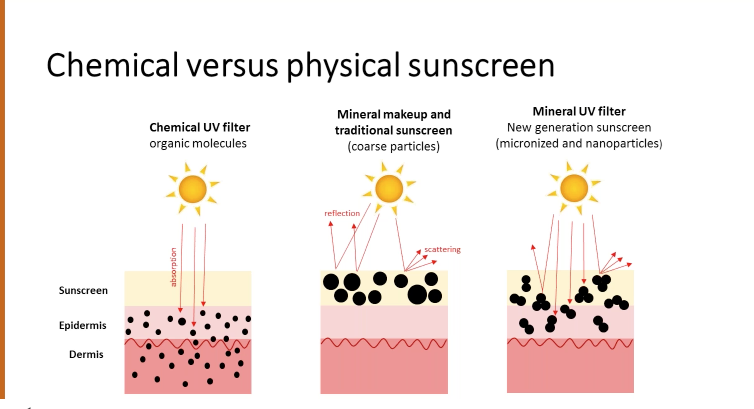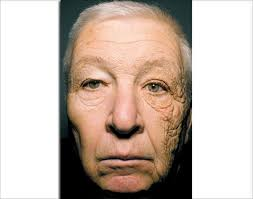Thursday, August 23
Preventing Sun Damage and Ageing
Here in Australia, we are known for our hot sun and beautiful beaches. We are also home to the largest prevalence of skin cancers in the world.
For anyone who has spent enough time down under, we know that sun exposure plays a big part in the development of skin cancers… So why are we still getting so many!? The answer is twofold; our lack of sunscreen application and our understanding of ultraviolet (UV) radiation.
One of the first questions we ask our clients is: do you wear sunscreen every day? Most people reply: “I wear it when I’m going out in the sun”.
What you may not realise is that chronic sun exposure can be as little as 10 minutes a day over a prolonged period of time, which can lead to the development of skin cancers. The sun is also our biggest enemy when it comes to photo-ageing which causes the trifecta of: pigmentation, wrinkles, and sagging.
I want you to think about the following
- Do you drive a car every day?
- Do you sit by a window at work?
- Do you walk from the bus stop to home?
Basically unless you live in a dark room under a rock, I would suggest you start applying sunscreen every morning from today!
Unfortunately, not all sunscreens are created equal
Sunscreen can be grouped into two different types: Physical and Chemical. And some sunscreens may have a combination of both physical and chemical ingredients.
Chemical sunscreens, or commonly named as ‘organic sunscreen’ due to the carbon make up, work by absorbing UV light within the skin.
Some chemical names that you commonly see on the back of a sunscreen bottle include (but are not limited to): oxybenzone, avobenzone, octocrylene, and octinoxate.
Physical sunscreen means that the ingredients are literally causing a physical barrier between your skin and UVA + UVB radiation. Physical sunscreen includes ingredients such as Zinc Oxide and Titanium Dioxide.
Zinc has come a long way since the white thick cricketer's nose. Zinc Oxide sunscreen is now micronised and in some zinc preparations, is barely visible on the skin. Zinc Oxide is particularly special because it protects against both UVA and UVB radiation. This is why I advise that Zinc is the most important thing you can put on your skin! Zinc Oxide is also an anti-inflammatory, so it is perfect for all skin types.

What is UVA and UVB and how does SPF fit in?
We’ve all been told that the higher the SPF the better right? But what does SPF really mean…?
Sun Protection Factor (SPF) measures the protection against ultraviolet B (UVB) radiation. UVB are the rays that cause red skin and sunburn. SPF is calculated on the time it takes for your skin to burn when exposed to UVB.
For example: If it takes 20 minutes for your skin to start turning red (without any sunscreen on), then using an SPF 15 should prevent your skin from looking like a tomato for 15 times longer.
15 x 20 minutes = Approx five hours.
Unfortunately, SPF is only relevant for UVB. It does not take into account UVA. Make sure when you are looking at sunscreen that you not only aim for a high SPF of 30 – 50, you also want to make sure it says Broadspectrum to protect you against both UVA and UVB.
UVA is the silent, insidious radiation that I don’t think is spoken about enough. UVA more deeply penetrates the skin causing photo-ageing (wrinkles, sagging etc) as well as contributing to the development of skin cancers. Did you know that UVA rays can filter through glass?
A great example of this is the well-known photo of a truck driver who had 28 years of sun exposure to one side of his face through the glass of the truck, whilst the other side was not exposed to the same degree.

So what is our advice to help prevent skin cancers and the effects of photo-ageing?
- Sunscreen every day! We recommend a zinc based sunscreen, here at AR Plastic Surgery we love Uberzinc by Synergie.
- Stay out of the sun in peak UV exposure times.
- Cover up – Hat, Sun Glasses and Clothing. Trust us, rashies are making a comeback!
References:
- Skin Cancer Foundation (2012)
- Terri Vinson (2017) Solar Protection & Pollution Damage Webinar
